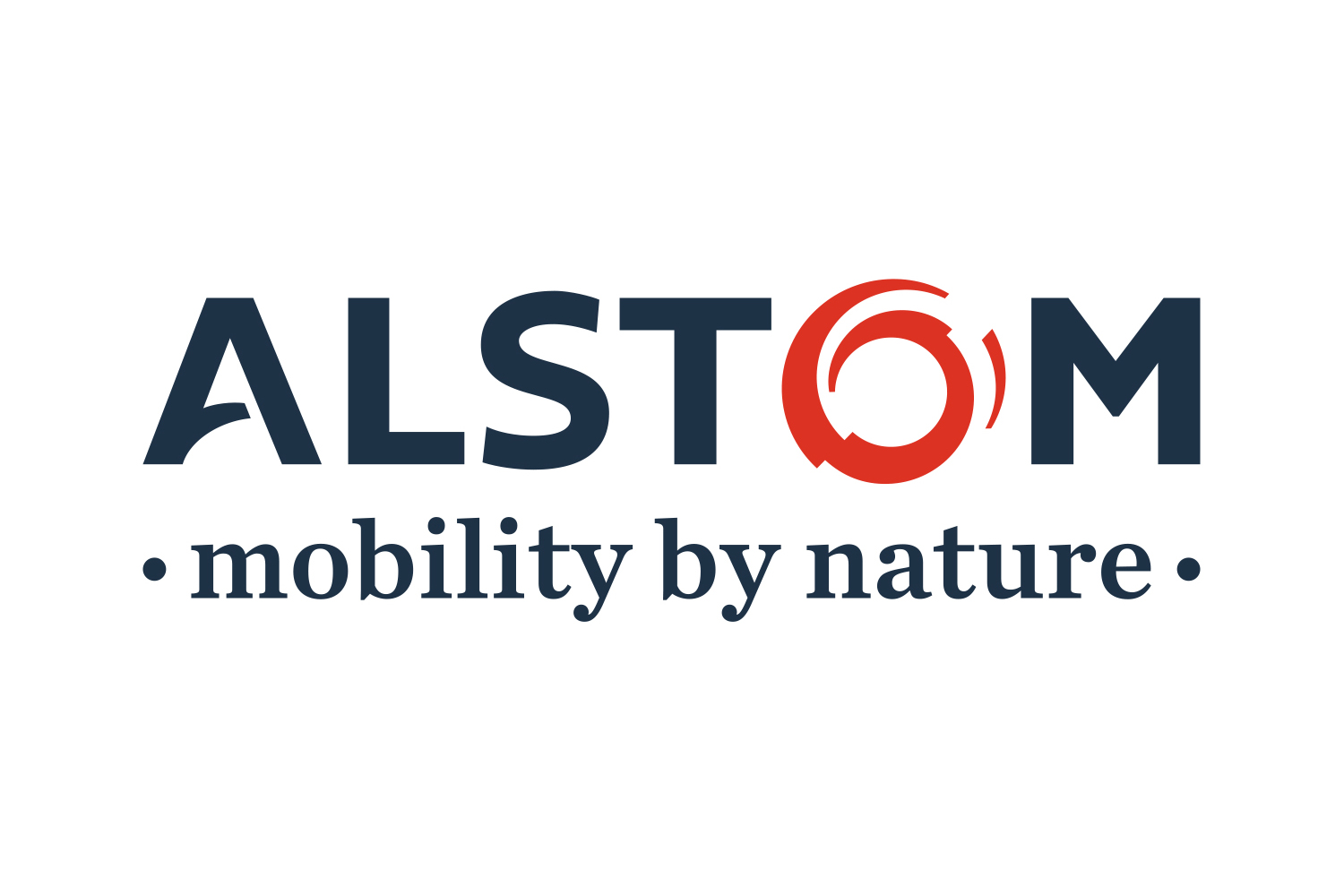Toulouse: an ISDN network distributed supervision application
This application implemented by ALSTOM Entreprise Sud Ouest for the Service Départemental des Eaux et de l'assainissement de Haute-Garonne (SDEA) illustrates the potential offered by new communication technologies on the new de-facto standard, TCP/IP.
SDEA operate approximately one hundred drinkable and non-drinkable water processing sites distributed over a total 35,000 variables processes.
The renovation project for this operating system had the following objectives:
- Having one or two control stations in each of the 4 operating centers, each intervening on their own zone.
- Having a centralized « federator » control station supervising the 4 centers, and processing specific sites.
- Enabling the switchover of the stations in the 4 centers by the federator.
- Managing the configuration and upgrades within a single application, from the federator station.
- Using reduced cost communication support, but offering good operating comfort.
- Managing, for each center, several remote management protocols: Datam V2, Perax, Sofrel and Wit
Topkapi’s redundancy and multistation features met with these objectives, but require using a high speed LAN (typically 10 Mbps), even more considering the size of the application. Following studies and consulting by AREAL, ALSTOM considered acceptable to use the ISDN network in spite of its bandwidth restrictions (64 Kbps per channel), and the following architecture was chosen:
- The ISDN routers and network enable transporting the data through the France Télécom network as if in a LAN. In order to ensure the best possible levels of performance, the federator station was fitted with two Numéris lines, i.e. four 64 Kbps channels, and each channel is dedicated to communication with a local station. In order to limit the cost for calls, connections are generated between the stations during the night. The configuration modifications performed on the federator station (the system is upgraded regularly) are then automatically transmitted to the local stations, then the stations synchronize their databases (current status and logs). The average connection time required is 10 minutes when updating operating data, and 15 to 30 minutes when updating configuration data. Full application transfer (e.g. reinstalling the application) is performed in 1h30, and can be performed directly from the ALSTOM engineering office.
- In the absence of permanent connections between the stations, it is not possible to ensure hot failover from one station to another. In the event a local station fails, the procedure chosen consists, over all the telephone lines receiving calls from remote management stations, in transferring the call to the federator station.
To conclude, we can point out that this application demonstrates the effectiveness of the Topkapi client/server mechanisms in low speed networks. Once we will all be "cabled", this type of application will undoubtedly spread, without resulting in too high a network overhead. In the meantime, before implementing similar architectures in low speed networks, we advise to determine precisely the volumes of data to be transferred and to call AREAL.




